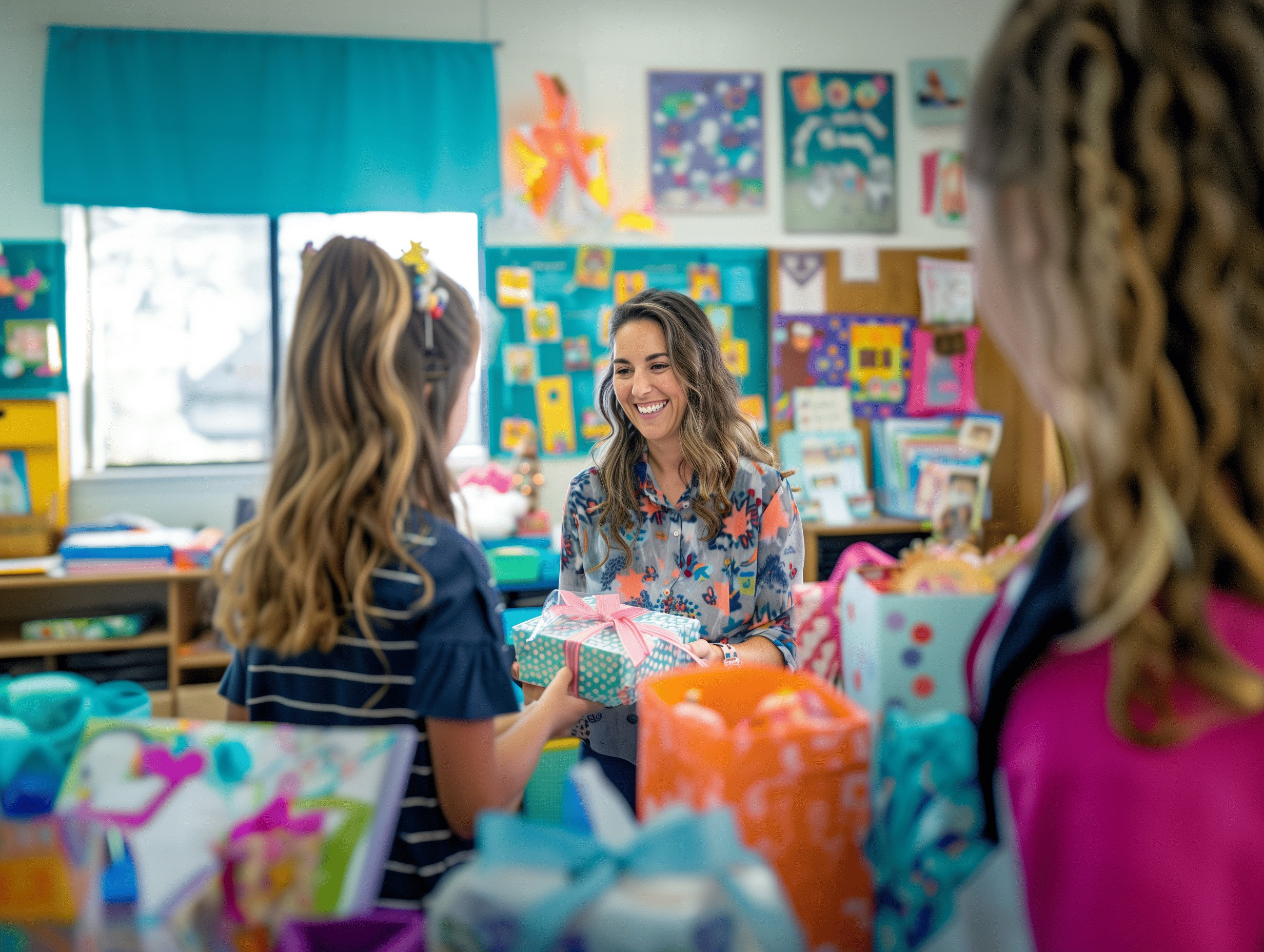High Quality Distance Education For Staff Development
William N. Bender, Ph.D.
Distance education opportunities for educator staff development are expanding rapidly, and various agencies and companies will continue to offer numerous workshops and presentations. However, while a great number of staff development opportunities are available via various distance learning media, not all of these opportunities are of high quality, and consumers of distance education staff development may be disappointed with workshops unless those consumers develop some sensitivity to the issues involved in using distance learning environments for staff development. This booklet will provide some suggestions for moving into distance education, as a staff development medium.
The Available Systems
Distance education can be offered in multiple systems. Interactive television--or ITV--involves real time teaching through the television screen--i.e. both the instructor at the home site and the students at remote sites are typically seen and heard. Thus this system involves two way audio and video, and those electronic signals travel along phone lines. In contrast, telesatellite staff development involves a presentation done in a television studio and beamed (or uplinked) to a satellite. Various remote locations then may downlink the signal by using a satellite dish. Typically, this option involves the possibility of learners at remote sites phoning in questions using a 1-800 number.
There are a number of alternative systems involving real time computer communication, or combinations of all of the above systems. For example, audiographics involves transmission of voice and graphics over phone lines, with no video transmission. Internet-based delivery methods, using various combinations of e-mail and multimedia graphics (sometimes with video, but with extremely limited video quality) are also being developed. However, the first two systems, ITV and telesatellite, are more widely utilized for staff development than the alternative systems, and for commercial use, telesatellite staff development seems to be more common.
Quality of Staff Development
The overall quality of the staff development opportunities which are available via telesatellite has caused concern. Distance education staff development has, to date, been characterized by telesatellite presentations featuring a semi-circle group of experts discussing a problem or issue. With the right presenters, timely information can be shared on this basis with teachers across the nation. However, the power of television is the capability to provide actual demonstrations of implementation of new information and/or instructional strategies, and finding staff development opportunities of this nature has been difficult.
As additional in-service opportunities for teachers become available, these staff development telecasts will increasingly feature video demonstrations which exemplify model instructional practices, coupled with groups of expert presenters describing those instructional strategies. One purpose of this article is to provide specific guidelines by which these distance learning in-service opportunities may be evaluated beforehand, in order to assure selection of the most appropriate distance learning opportunities for your teachers.
Interactivity
For a number of years, interactivity was considered the single arbiter of effective distance education telecasts, and the only form of interactivity discussed was the interaction possibilities which existed between the speaker and each learner in the distance education environment. However, more recently other types of "interactivity" (i.e. interactions of the learner with (a) the curriculum materials; (b) other learners; (c) the site facilitator at each remote location; (d) the quality of video demonstrations--as opposed to merely presentation of talking heads, etc.) have been recognized as legitimate forms of interactivity for the distance education learning environment. This latter type of interactivity involves the quality of the distance learning project in terms of quality of curriculum, interaction workgroup possibilities, and pre-telecast preparation of the site facilitator. Thus, as interactivity with the on-the-air speakers goes down, the quality of the curriculum content and the telecast overall must increase in order to maintain the same overall quality.
Selection of Distance Education Staff Development
Prior to deciding to participate in distance educational staff development opportunities, school district personnel should evaluate the array of opportunities which are available and consider which telecasts address the district's staff development needs. Also, careful consideration should be given to the provider of the telecast and the reputation of that provider for high quality work. Typically, a single staff development telecast will cost between $250 and $450, though some are available free of charge from various government agencies. Remember that you will typically get what you pay for, though a high cost in and of itself does not assure high quality. A pre-telecast evaluation questionnaire is provided to assist in selection of these telecasts.
Content for this synopsis was drawn from a presentation by William N. Bender, Ph.D., Gregory Clinton, M.Ed., Phillip J. McLaughlin, Ed.D., presented at the International Conference on Technology In Education (New Orleans, March 18, 1996).



